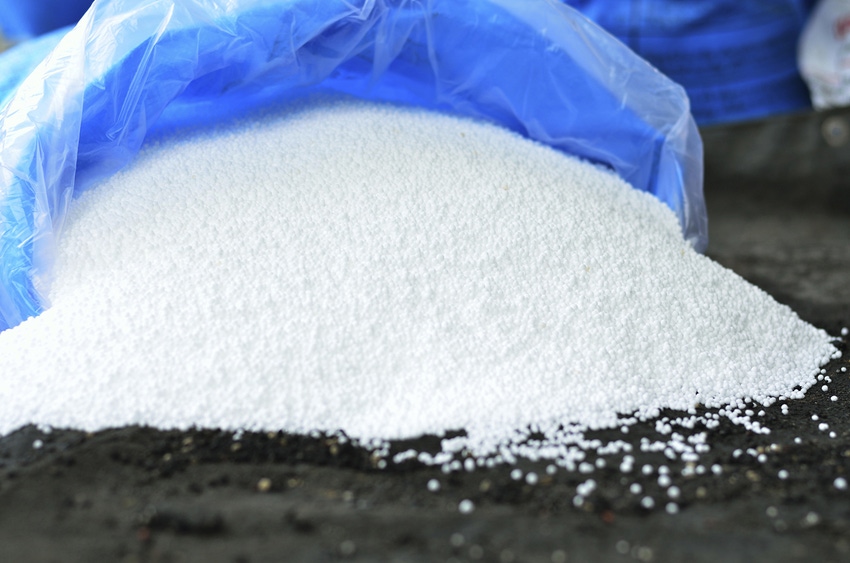June 26, 2020

The coronavirus has thus far had a limited impact on the fertilizer industry, however, the full effects of the global pandemic are starting to show in some sectors owing to cashflow problems caused by decomposing crops.
In China
China is starting to get back to normal and production rates have increased for all fertilizers. The nation is the largest fertilizer consumer in the world, on average consuming close to 50m tonnes/year. It is also a key exporter of urea.
When lockdown began in China, the impact was huge in terms of production cuts due to a labor shortage. Problems with transportation also had a big impact up and down the fertilizer chain resulting in stock piling up.
The biggest impact for China was on phosphoric acid, which is used to produce phosphate. Fertilizer facilities in Hubei province account for up to a third of the country’s total capacity. Because of this, China turned from the largest exporter of diammonium phosphate (DAP) to a net importer.
But as China started to ease its way out of lockdown, the flow of all fertilizers has recovered and is getting back to normal again.
Urea was less impacted in China with Hubei province only accounting for around 3% of China’s total capacity.
Prices increase
As the pandemic spread across nations, many countries started to feel the full impact of the deadly virus at a time when fertilizer application was at a seasonal high, particularly for the northern hemisphere.
Indeed, during March, demand for all fertilizers was healthy and the value of feedstocks and nutrients held steady, and in some instances, firmed.
There was pressure on pricing in April-May, but the fertilizer sector did not experience the sharp and dramatic price falls seen in related markets such as gas, oil and petrochemicals.
In June, most fertilizer prices increased.
Impacts elsewhere
As the virus took hold as it moved across the global, agricultural and industrial sectors learned lessons from China and many were given government support. The transportation of fertilizers across European borders continued, but with strict measures in place to protect the workforce.
France, which is the largest fertilizer user in Europe, moved through the months of spring with largely no impact on supply or demand, although some cracks are starting to appear now. Cash flow problems are emerging for some farmers and the wet start to 2020, following by a dry April and May, has damaged crops.
Germany too has seen crops rotting, largely because of the coronavirus. The closure of cafes, bars and restaurants which consume large quantities of French fries has led to a 60% drop in demand for potatoes, for example.
Similar to Europe, the pandemic is now raging across Latin America just as the fertilizer season gets into full swing. Demand in the past weeks has been healthy for Latin America, with large volumes of fertilizer moving to Brazil and Argentina.
Fertilizer makers have benefited from cheap feed and energy costs meaning that even marginal producers have continued to operate, and the markets have not felt any shortness of availability.
There has been some concern about new capacities due to come on stream in 2020 creating oversupply. Some of these projects are likely to be delayed or pushed back to 2021.
What's ahead?
There appears to have been be no serious demand destruction across the fertilizer sector since the first case of the virus outside China was confirmed on Jan. 13, 2020. For many producers, cooperatives, wholesalers and farmers it has been business as usual.
But the outlook remains uncertain, with much talk and concern about of a second wave and what this might mean to already broken economies.
Currency fluctuations, political unrest and huge levels of unemployment in both developed and developing nations will inevitably have an impact in the months and years ahead.
Julia Meehan is managing editor of fertilizers for Independent Commodity Intelligence Services.
Read more about:
Covid 19You May Also Like




